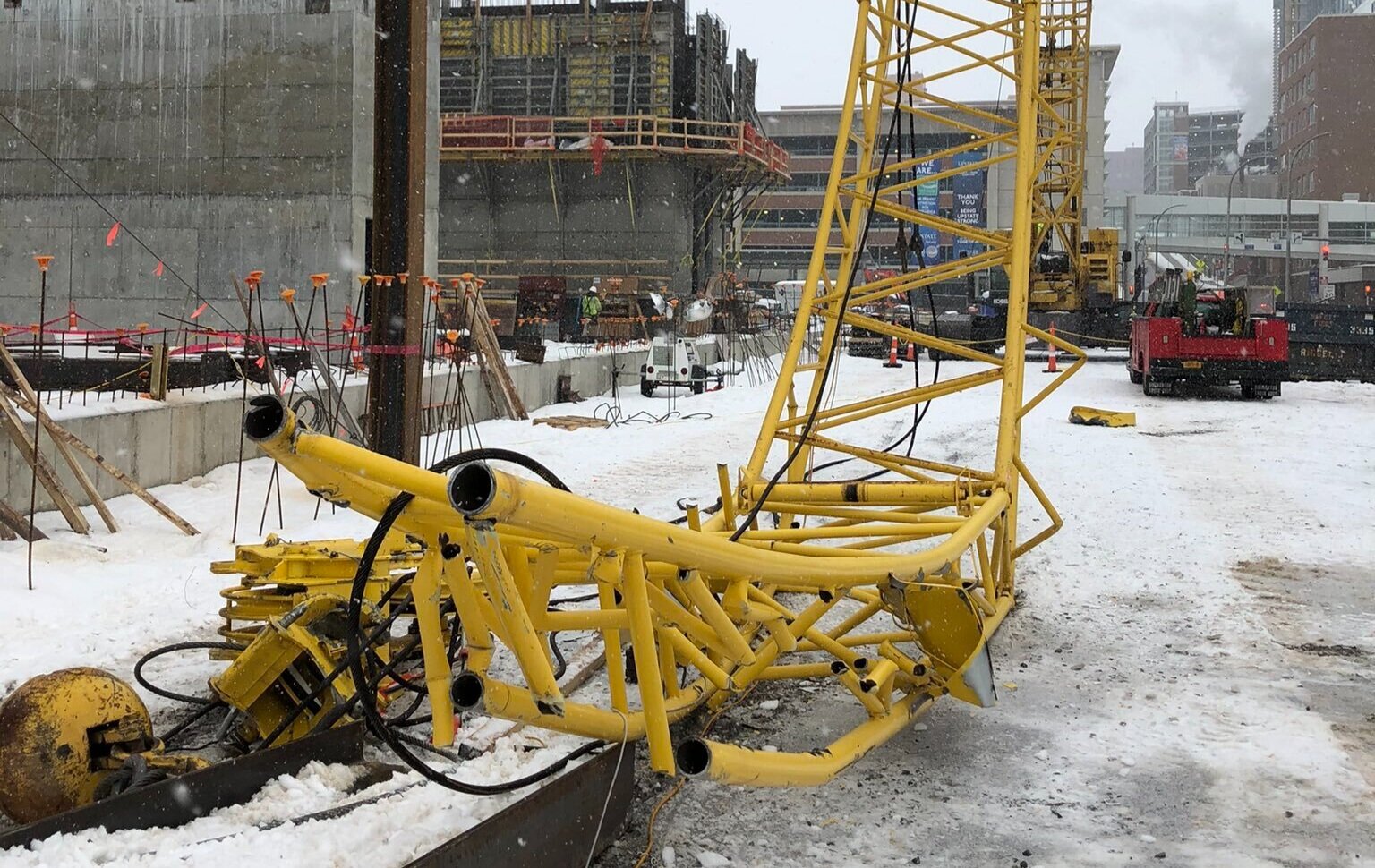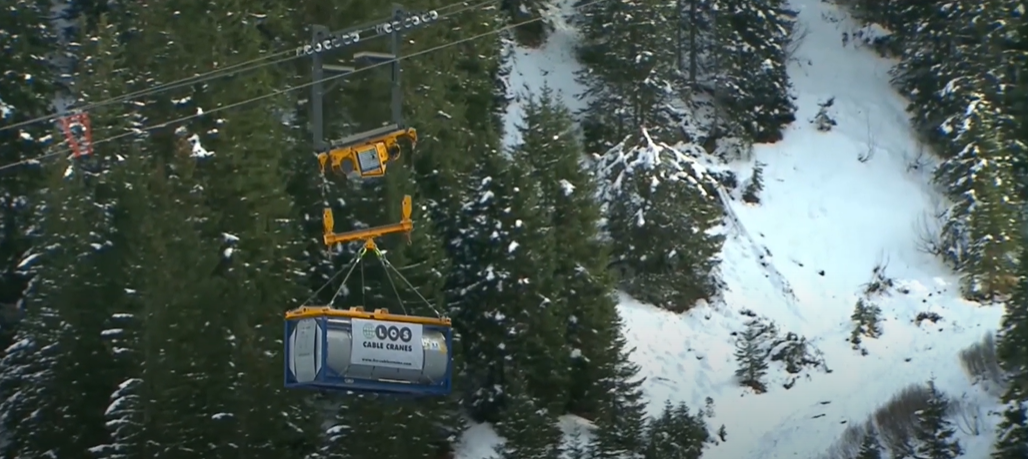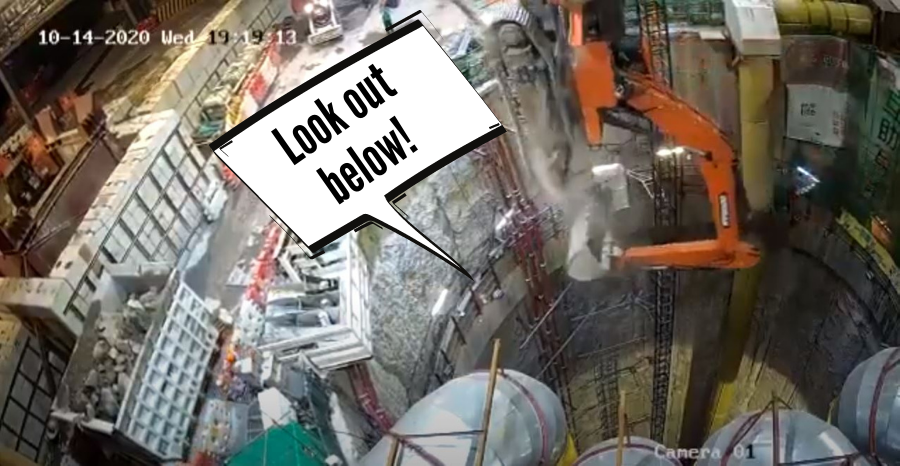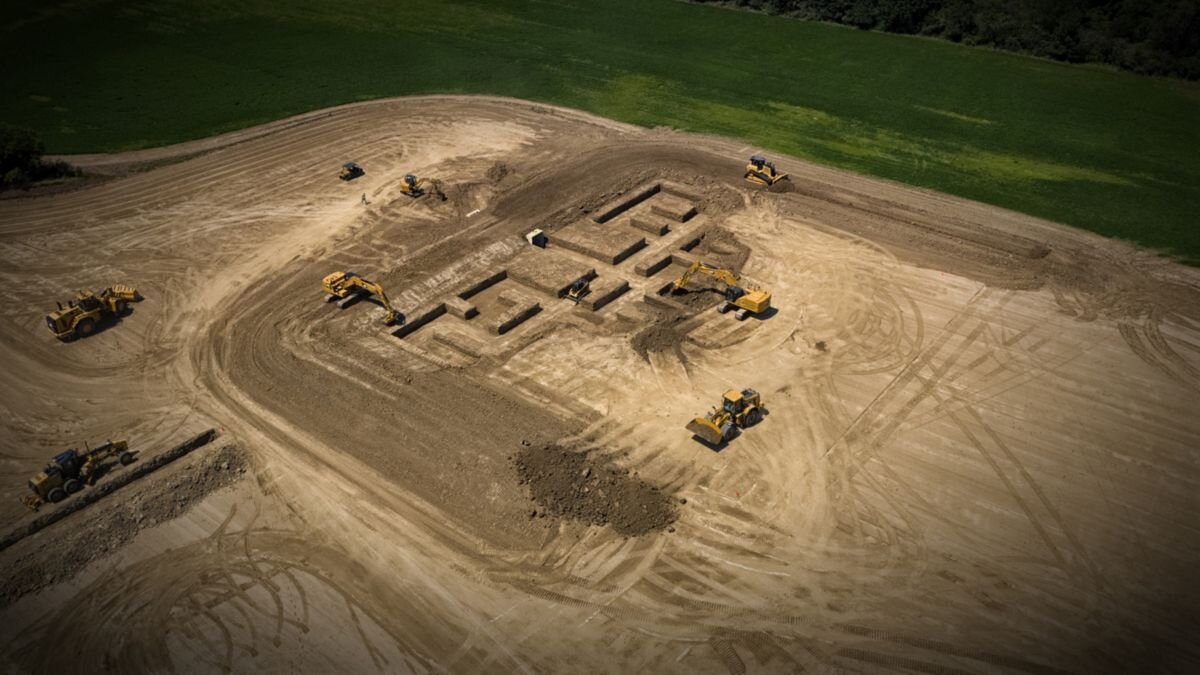As robots are quickly infiltrating the construction job site in order to increase efficiency and combat the shrinking labor workforce, so too have autonomous, self-driving vehicles.
We recently wrote about an autonomous attenuator truck that is set to hit US streets this year. That truck is equipped with a “leader-follow” system, which is designed to stay a safe distance away from and follow a leader car, which would be driven by a human. Attenuator trucks are designed to absorb impact of cars when struck to protect roadside workers.
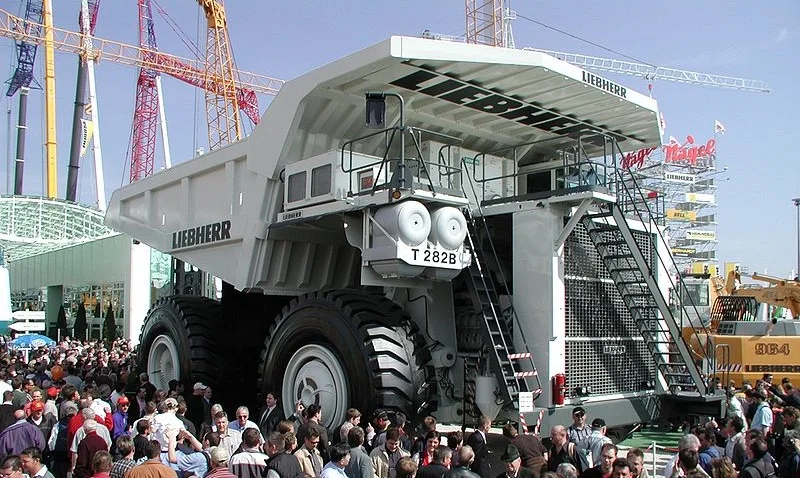
This time, we’re talking about a 320 Ton Hauling machine with a highly sophisticated GPS system and sensors that allow the truck to operate 24/7/365 without a human driving in or near it. In the video below, you’ll see the Komatsu 930E-4 Autonomous Vehicle drive though rugged terrain in for the mining industry. Some of the areas that mining companies have to work in are in hostile or extremely remote conditions, making it difficult to find qualified professionals to fill the jobs. The self-driving system also increases productivity by approximately 12%, as it is not required to take occasional breaks and can’t call in sick to work.
Currently, Australian mining company Rio Tinto is using a fleet of Autonomous mega machines and they control them from over a thousand miles away at their control center in Perth, which is located in Western Australia. In total, Rio Tinto employs 53 autonomous vehicles for their mining activities.
Video by AutonomouStuff
On Tuesday morning, February 23, the Syracuse Fire Department responded to a call about a collapsed crane on a construction site near the university. Thankfully, no injuries were reported.
Remote jobsites with difficult terrain pose some substantial logistical challenges when it comes to getting equipment and materials on site. I’ve seen several different methods used in the past, such as heavy equipment carrying blimps, cargo planes, helicopters, and the Fat Truck, but I recently came across a new method: a cable car.
In November of last year, the 546 foot tall Mina Plaza in Abu Dhabi officially broke the world record for tallest demolition by explosion, supplanting Hudson Department Store in Detroit, Michigan, which held the record for 22 years.
If you need to get some heavy mechanical equipment on the roof of your project, you could use a boring old crane – or you could gas up the bird and make that equipment take literal flight. Alright, so cranes aren’t actually boring, but some times a helicopter makes more logistical sense, either because it reduces total lift time or, in some cases, makes economical sense. Either way, there are some important safety precautions to take in case something goes wrong.
2020 was a stressful year, so let’s decompress a little bit by reviewing some of the most fun demolition videos from the past year. A demolition that broke a 22 year old record highlights the bunch and I also stretch what the definition of “demolition” is a little bit, because I think the video is so cool. Don’t @ me.
Without further ado, here are the top 7 demolition videos from 2020:
2 years ago, crane manufacturer, Sarens, unveiled what is considered to be the world’s largest crane, by both size and lifting capacity. Big Carl, as the huge crane was nicknamed, began work a few months later on the Hinkley Point C nuclear power station in England. Now, the jobsite boasts an abundance of crane activity, a true site to behold, and it was captured on aerial footage for you to enjoy.
Back in 1998, the Hudson Department Store in downtown Detroit, Michigan was demolished by explosives. That building stood 410 feet tall across its 29 floors, making it, at the time, the tallest building to ever be taken down by implosion. The dust cloud covered many city blocks and the 20,000 unsuspecting people that came to watch the event. That record was just recently broken by a building over 100 feet taller than it.
Excavators aren’t typically meant to be dropped down to a lower level, but certain circumstances require it sometimes. The machines are obviously extremely heavy, so a large crane and proper rigging is required for it to happen safely. As a construction firm in Hong Kong, China recently found out, though, it’s a little tougher than it seems.
Usually, when a new development is going to go into a spot where a building already exists, that existing building gets blown into smithereens and its remaining rubble hauled away. BUT, there is apparently a different way to handle the situation now, which is by politely asking the building to walk away and to find a new home – well, kind of.
CAT is no stranger to finding extremely creative and expensive ways to show off their construction equipment. In years past, they’ve created a giant Jenga game with 600 pound blocks and the world’s first moving golf course on the backs of their dump trucks. Now, they’re showing off some of their new technology with the release of the biggest PAC-MAN game you’ve ever seen.


